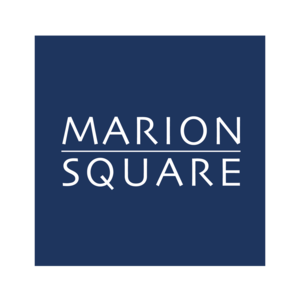Emerging Technology
News & Updates
Budget
$202B has been requested for Research & Development (R&D) funding in FY25 across all of Federal Civilian and Defense.
February 2024 - Critical & Emerging Technologies List Update
Updated annually by the President.
Resource
Webinar Recording: Effective Go To Market Strategies for Emerging Technologies
What You Need to Know
Overview
The FY25 budget request for Research & Development (R&D) $201.9 billion for R&D, $7.4 billion (4%) above the FY2024 estimated level of $194.6 billion.
Examples of Emerging Technology:
Robotics
Quantum Computing
GPU Cloud
Small Business Innovation Research (SBIR) Program
Are you an innovative small company that has a technology you believe will solve a Government problem or provide an innovative solution to a Government need or requirement? Are you actively pursuing commercial customers or do you have a presence in the commercial markets today? Are you seeking non-dilutive types of funding to complete the development of your technology?
If you answered yes to any or all of these questions, you may want to consider researching the upcoming SBIR topics to determine if they are a fit for your technology. The US Governments Small Business Innovative Research (SBIR) program as described on programs website (About | SBIR.gov) is a "highly competitive program that encourages domestic small businesses to engage in Federal Research/Research and Development with the potential for commercialization".
The SBIR program is designed to encourage US based, small businesses (less than 500 employees) to explore their technological potential with the 12 US Governmental agencies that participate in the program. Agencies participating in the program range from NASA to DHS and DoD. Typical SBIR program has 3 phases: Phase I awards can be worth up to $275K while a Phase II award can top $1.8M. Phase III are typically production product deployments and can potentially be worth well more than a Phase II.
Examples:
AFWERX
NSF
Broad Agency Announcement (BAA)
A Broad Agency Announcement (BAA) is a tool that government agencies use to request proposals for research and development (R&D):
Purpose
BAAs are used to acquire basic and applied research, advance knowledge, and increase understanding. They are not used to develop a specific system or hardware.
How they work
BAAs present a problem statement and challenge, rather than a specific statement of work. They include information on the funding opportunity, criteria for selecting proposals, and instructions for submitting proposals.
Who can apply
BAAs are open to all offerors who can meet the government's needs.
Where to find BAAs
Open BAAs can be found on the System for Award Management web page (SAM.gov).
Here are some examples of agencies that use BAAs:
USAID: Uses BAAs to solicit proposals for R&D.
NSF: Uses BAAs to invite proposals for research and education in science and engineering.
Naval Research Laboratory: Uses BAAs to announce their research interests and solicit proposals.
Federal Railroad Administration: Uses BAAs to solicit proposals for research on topics such as track, rolling stock, and train control and communication.
Defense Intelligence Unit (DIU)
DIU partners with organizations across the Department of Defense (DoD)to rapidly prototype and field dual-use capabilities that solve operational challenges at speed and scale. With offices in Silicon Valley, Boston, Austin, Chicago and inside the Pentagon, DIU is the Department’s gateway to leading technology companies across the country.
DIU is the only DoD organization focused exclusively on fielding and scaling commercial technology across the U.S. military at commercial speeds. Our expert team, working in seven critical technology sectors, engages directly within the venture capital and commercial technology innovation ecosystem, many of which are working with the DoD for the first time. Our streamlined process delivers prototypes to our DoD partners, along with scalable revenue opportunities for our commercial vendors, within 12 to 24 months.
Upon completion, successful prototypes may transition to follow-on production-Other Transaction agreements or Federal Acquisition Regulation (FAR)-based contracts.
Why Partner with Marion Square?
Marion Square has comprehensive analyses detailing which agencies and initiatives have dedicated budgets, which prime contractors hold the key contracts, and what certifications or contract vehicles are required. We have helped over 200 companies navigate the complex government market successfully.
